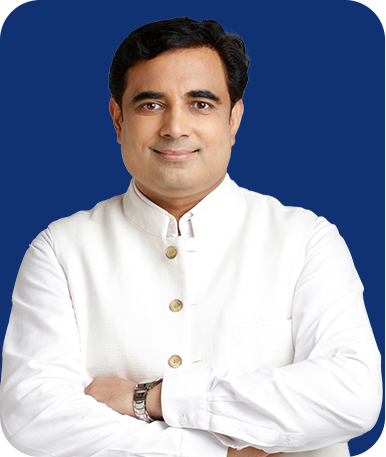 Puja Muhurat – 5:51 pm to 7:07 pm
Puja Muhurat – 5:51 pm to 7:07 pmTime for sighting Stars – 6: 08 pm
Time for Moonrise – 11:43 pm
Ahoi Ashtami is one of the most important festivals that falls in the Kartik month (8th day of Krishna Paksha), on which mothers from all across the Northern region of India observe fasts for the well-being of their sons. On this day, Ahoi Mata (an incarnation of Goddess Parvati) is worshipped and the festival every year comes before the eve of Diwali. The women observe the fast at sunrise and end it when they finally see the stars or moon in the night sky. In the year 2016, Ahoi Ashtami would be observed on 22nd October, Saturday in the North regions of India.
The Legendary Story: Mother and Her Seven Sons
Once, there lived a woman who had seven sons. Before Diwali, she wanted to repair her broken house, and hence she went into a dense forest near her village to bring some soil for renovating the house. Accidentally, while digging the ground, she killed a cub with the spade in her hand. She felt very sad and held herself responsible for the poor creature’s death. After that terrible incident, all her sons disappeared in the span of one year. Villagers presumed that they all might have been killed by the wild animals in the forest. The woman was completely shattered, and she correlated the death of her sons with the ‘cub’ incident. Out of remorse, she narrated to an old lady of the village, the entire story. She admitted in front of her the accidental killing of the innocent cub. The old lady was very wise and advised her to sketch the face of the cub and worship Goddess Ahoi Bhagwati (she is said to be the protector of offsprings of every living being). The woman did what the old lady had directed her to do and observed the fast on Ashtami. Goddess Ahoi was pleased by the devotion of the woman and thus forgave her sin of killing the cub. She blessed her sons with long life and thus all her sons returned home alive. Since then, women observe fasts on this day and offer their prayers to Ahoi Mata.
Preparation for Puja on Ahoi Ashtami
- The mothers keep fast from dawn to dusk for their sons. They end their fast with the sight of stars as the moon appears very late on the day of Ahoi Ashtami.
- Women must take a bath early in the morning. They must then take a Sankalp of avoiding food and water for the entire day.
- Before evening, all the preparations must be completed. Women must draw the image of Mata Ahoi on a wall. The image must contain an Ashtha Koshthak (8 corners as the festival is observed on Ashtami).
- The image of a सेई must also be sketched near the Goddess (सेई is a spiny mammal that is related to the Ahoi Vrat Katha).
- The place where puja is to be performed must be sanctified with Gangajal. Alpana must also be drawn.
- Wheat must be spread on the chowki or floor and a Kalash (covered with earthen lid) filled with water must be kept on it. A small karva (filled with water) must be kept on top of the Kalash.
- The opening of the karva must be blocked with सरई सींक (shoot of the grass). During the puja, the seven shoots are offered to Mata Ahoi and सेई.
- The Puja Thali must have 8 pooris, 8 puas and halwa. After the puja gets over, the thali along with some money should be offered to the eldest lady in the house or can also be given to a Brahmin.
Puja Vidhi
- The best time for performing Ahoi Puja is Twilight (just after sunset).
- During the puja, an elderly woman narrates the story of Mata Ahoi to all the ladies.
- Some women worship the silver image of Mata Ahoi called Syau with rice, roli and milk. After the puja, it is worn as a pendant.
- Perform the aarti at the end of the puja.
Note : Women who have difficulty conceiving, wish for a son, or are failing to find a perfect match should definitely observe this fast
 +91 9990176000
+91 9990176000 +91 9999097600
+91 9999097600
 CALENDAR 2025
CALENDAR 2025











